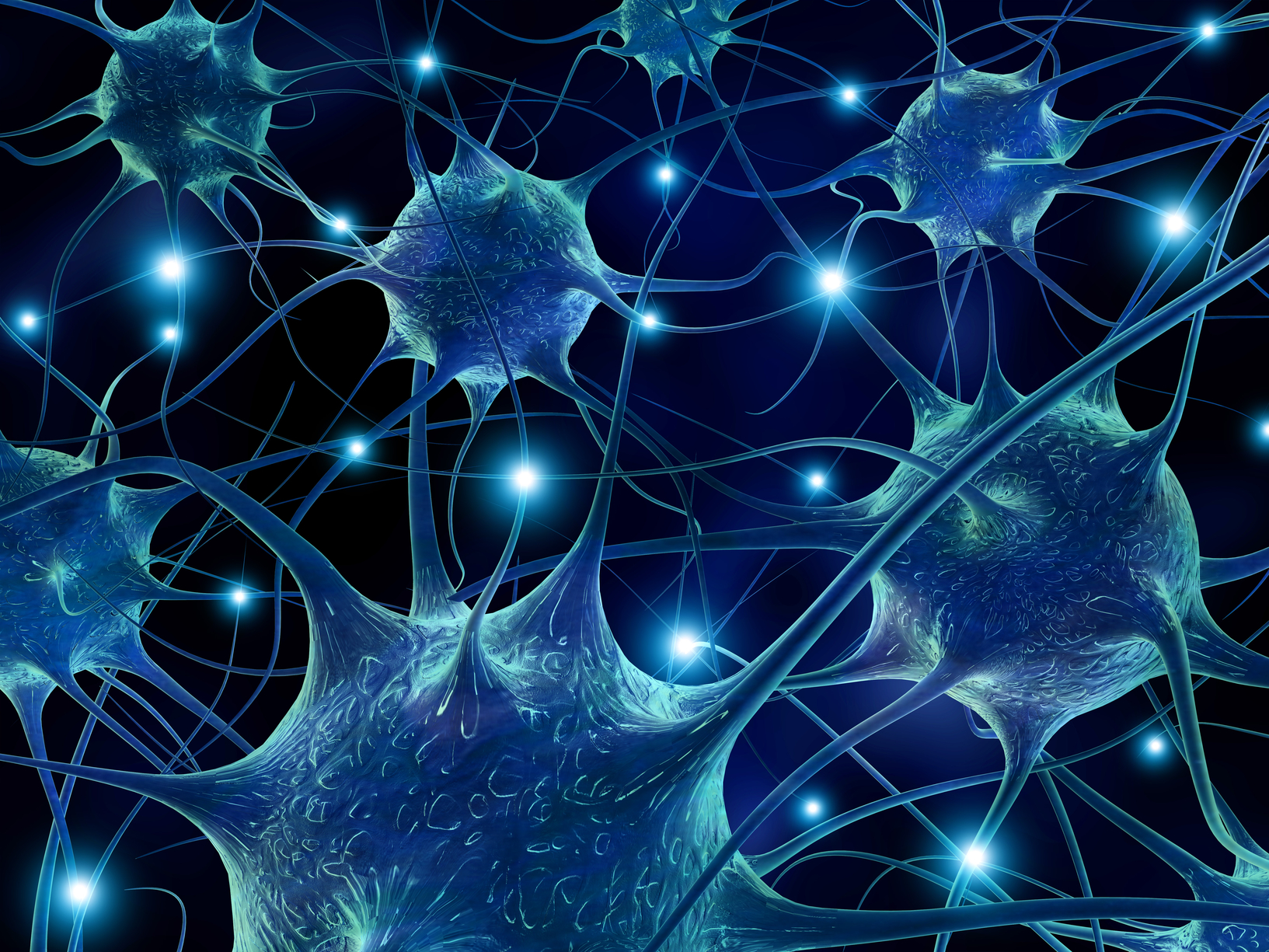

This is relatively unusual because mostly we researchers study the stem cells that we're good at looking at. We've shown that before in other papers and, in this paper, I think we show it quite clearly.Īnother thing I love about this study is that it gave us the chance to look at multiple stem cell compartments. The common thinking is that aging is sort of unidirectional, which, in many ways it is, but we can actually reverse some of the changes that come with age. These new insights into how stem cells change in response to aging and how those changes can be reversed tell us something really intrinsic about how flexible aging is. However, in the stem and niche cells of the old mice that exercised, we saw reduced inflammation exercise had actually reversed the changes caused by aging.
#STEM CELL RESEARCH DRIVER#
This is important because inflammation is a driver of aging and it’s bad for stem cells’ function it suppresses blood stem cells’ ability to regularly produce new blood and immune cells, and in brain and muscle stem cells, it limits their capacity to make new cells to regenerate tissue in response to damage.

One major trend we saw across all the cells we studied from the aged mice was increased inflammation.

After the three-week period, we used single-cell RNA sequencing to examine the molecular features of the muscle, blood and brain stem cells of these mice, as well as the supportive cells that make up the stem cells’ surrounding environments, which are called niche cells. If we were to compare the ages of the mice used in the study to human aging, the old mice would be the equivalent of 75-80 years old and the young mice would be 20-30 years old. How did you go about answering these questions?įor this study, we compared the muscle, blood and brain stem cells of four groups of genetically identical mice: old mice that ran on a wheel for three weeks old mice that didn’t exercise over the same period young mice that ran on a wheel for three weeks and young mice that didn’t exercise for the same period. The paper answers two fundamental and interconnected questions: Do the stem cells from different parts of the body undergo similar changes as they age? And does exercise, which is known to promote healthy aging, affect these changes in a similar way across these different types of stem cells? Here, Rando, director of the Eli and Edythe Broad Center of Regenerative Medicine and Stem Cell Research at UCLA, breaks down the new findings and how they could pave the way for the development of therapies to prevent age-related diseases. Margaret Goodell of Baylor College of Medicine sheds light on how aging changes different types of stem cells at the molecular level – and how exercise can reverse this process. Anne Brunet of Stanford University and Dr. However, with age, stem cells slow down and become less capable of repair.Ī new study in Cell Stem Cell led by Rando and his colleagues Dr. Stem cells play a critical role in maintaining tissue health and orchestrating recovery from injury throughout an individual’s life. What Rando’s working toward is a way to increase humans’ healthspan, that is to say, he aims to develop interventions to prevent age-related diseases and help people maintain their physical and mental fitness well into their 80s, 90s, or even their 100s.Ī major focus of this research is stem cells, which can self-renew and give rise to all cell types found in the body. The goal of this work isn’t to put plastic surgeons out of business and it’s not to help a lucky few live forever – it’s a lot more reasonable than that. Thomas Rando has been seeking methods to turn back the clock on aging.


 0 kommentar(er)
0 kommentar(er)
